Kolumbo volcano—which sits 500 meters below the surface within the fault-heavy Hellenic Volcanic Arc just off Santorini—is the Aegean Sea’s most active and potentially dangerous volcano.
Tag: Ocean
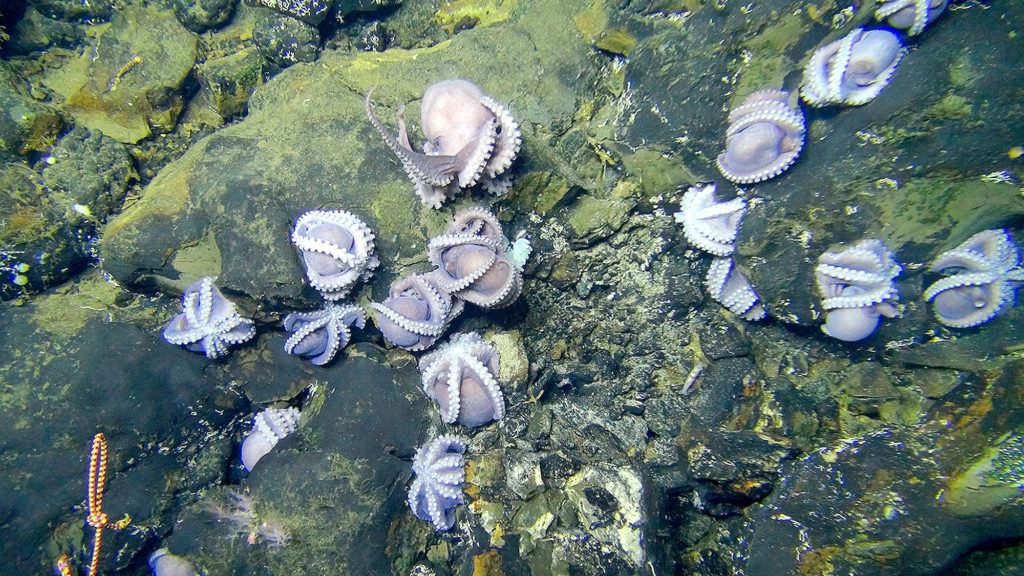
Study weighs deep-sea mining’s impact on microbes
The essential roles that microbes play in deep-sea ecosystems are at risk from the potential environmental impacts of mining.
Rutgers Expert Available to Discuss Global Fisheries Management Study
New Brunswick, N.J. (Jan. 13, 2020) – Rutgers University–New Brunswick Professor Olaf P. Jensen is available for interviews on new marine fisheries management research to be published in the journal Proceedings of the National Academy of Sciences. The study is the most comprehensive…
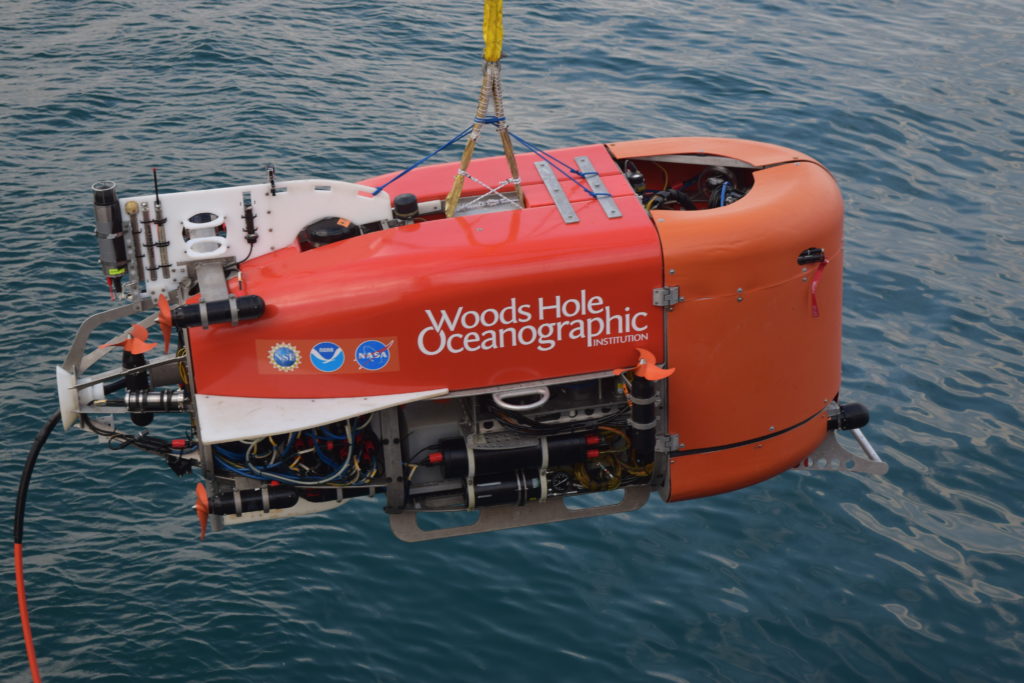
WHOI underwater robot takes first known automated sample from ocean
A hybrid remotely operated vehicle developed by Woods Hole Oceanographic Institution (WHOI) took the first known automated sample performed by a robotic arm in the ocean. Last month, an international team of researchers used one of WHOI’s underwater robots, Nereid Under Ice (NUI), to explore Kolumbo volcano, an active submarine volcano off Greece’s famed Santorini island.
Rutgers Expert Available to Discuss Greenland Ice Sheet Study
New Brunswick, N.J. (Dec. 23, 2019) – The southern Greenland Ice Sheet may experience precipitous melting this century due to a much smaller temperature increase than scientists thought would be required, according to a Rutgers co-authored study. The global sea level…
Rutgers Experts Available to Discuss Report on Rising Seas and Changing Coastal Storms in N.J.
New Brunswick, N.J. (Dec. 12, 2019) – Rutgers University–New Brunswick experts are available to comment on “New Jersey’s Rising Seas and Changing Coastal Storms: A Report of the 2019 Science and Technical Advisory Panel.” The N.J. Department of Environmental Protection commissioned…
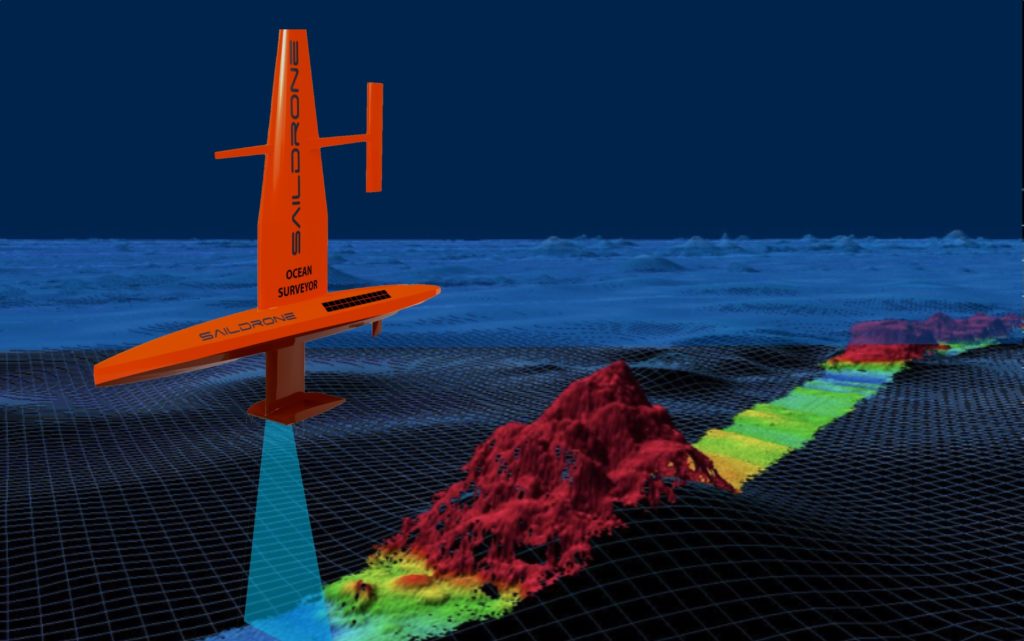
UNH Sails into the Next Generation of Ocean Mapping With NOAA Grant
Researchers at the University of New Hampshire have been awarded a three-year grant from the National Oceanic and Atmospheric Administration (NOAA) in partnership with Saildrone, Inc. of Alameda, CA, and the Monterey Bay Aquarium Research Institute (MBARI) to develop data quality tools for a new unmanned wind-powered sailboat-like vehicle capable of long-duration missions to collect vital ocean mapping information.
Move Over Jules Verne — Scientists Deploy Ocean Floats to Peer into Earth’s Interior
The release of more than 50 floating sensors, called Mobile Earthquake Recording in Marine Areas by Independent Divers (MERMAIDs), is increasing the number of seismic stations around the planet. Scientists will use them to clarify the picture of the massive mantel plume in the lower mantel lying below the South Pacific Ocean. This effort will also establish one of the most comprehensive overviews of seismic activity across the globe. Frederik Simons will discuss this international effort during the marine seismoacoustics session of the 178th ASA Meeting.
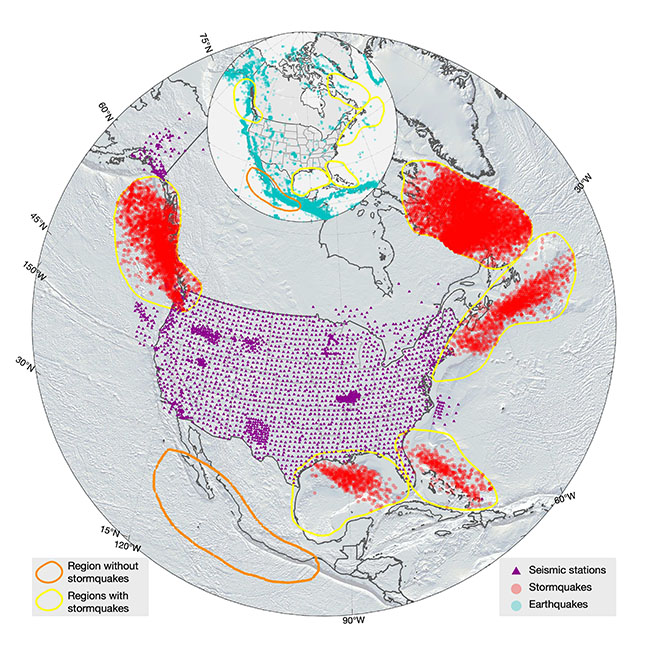
Stormquakes: Powerful Storms Cause Seafloor Tremors
Stormquakes are a recently discovered phenomenon characterized by seismic activity originating at the ocean floor due to powerful storms. Heavy storms, like hurricanes or nor’easters, can create seismic waves as large as magnitude 3.5 quakes. These tremors caused by the effects of storms on the seafloor are what researchers call stormquakes. Catherine de Groot-Hedlin, who was part of the group that first observed stormquakes, will discuss their properties and meteorological significance at the 178th ASA Meeting.
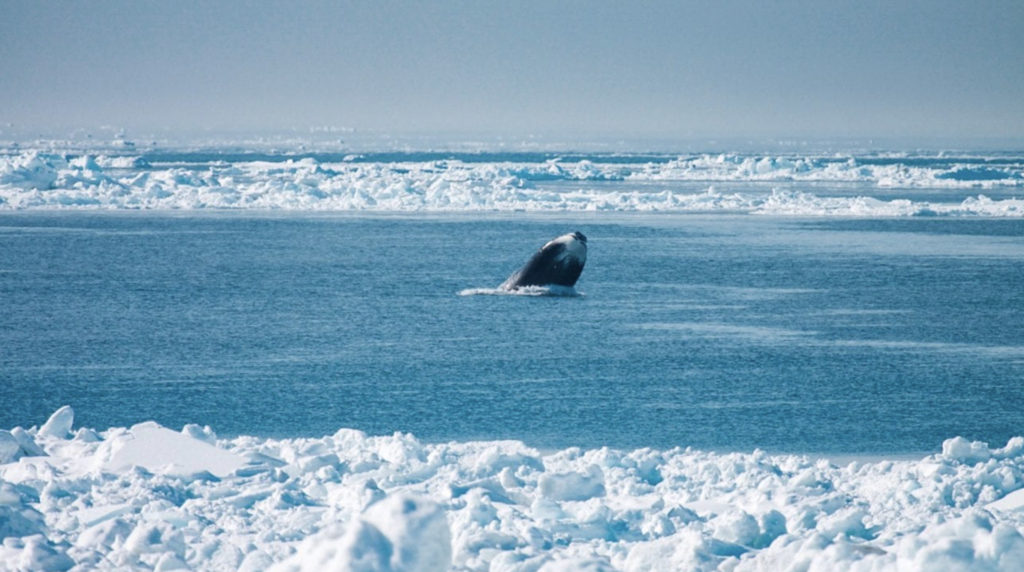
Whales may owe their efficient digestion to millions of tiny microbes
Microbial communities inside whales may play an important role in the digestion of one of the ocean’s most abundant carbon-rich lipids, known as a wax ester.
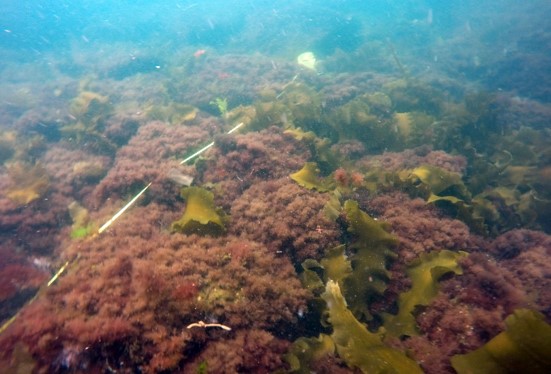
UNH Researchers Find Climate Change and Turf Seaweed Causing “Patchy” Seascape
Researchers at the University of New Hampshire find that environmental developments caused by climate change are contributing to the transformation of the seafloor to a lower, more patchy seascape dominated by shrub-like seaweed which could impact species habitats and the structure of the food web.

Breaking the (SeaFood) Chain
If you want to understand what happens when seawater becomes more acidic, ask an oyster farmer. Specifically, talk to one in the Pacific Northwest. Researchers still aren’t sure how ocean acidification (OA) affects ocean water exactly, but oyster larvae in Washington State are already dying by the billions. Over the next 50 years, OA is predicted to reduce U.

The Rise of Orpheus
WHOI’s new deep-sea autonomous underwater vehicle moves one step closer to exploring the hadal zone—the deepest region of the ocean—to search for new clues about the limits of life on Earth, and possibly beyond.
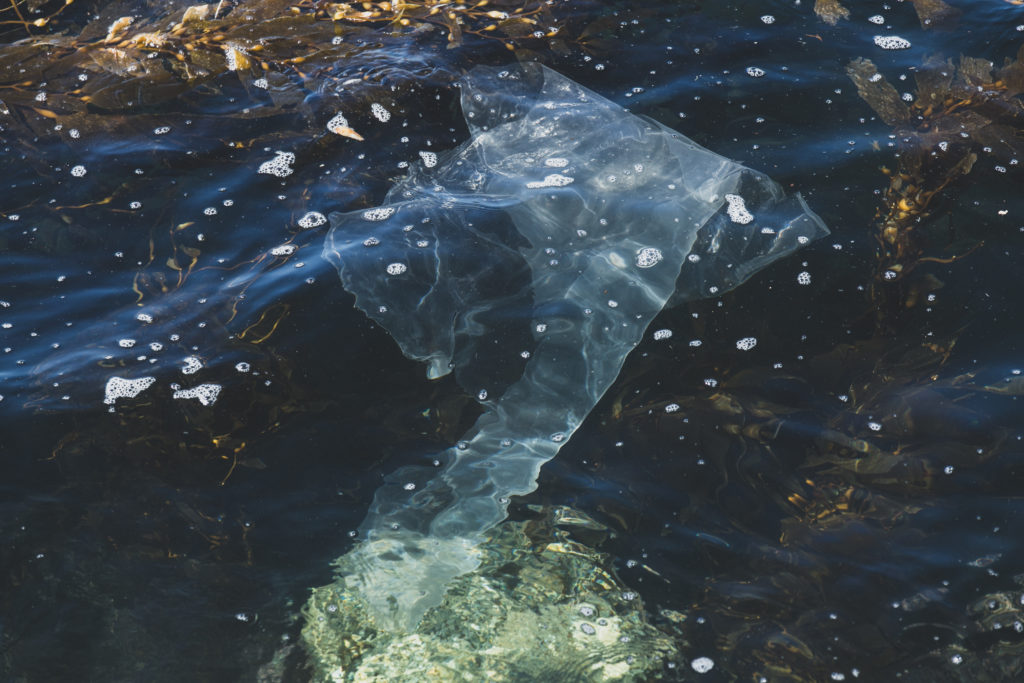
Poisoned by Plastic
Too many of the plastic cups, chip bags, cigarette butts and take-out containers you see littering California’s beaches don’t stay on the sand. An estimated 17.6 billion pounds of plastic make their way into the world’s oceans annually, the equivalent of dumping a garbage truck full of plastic into the ocean every minute—and 80 percent of that comes directly from littering on land.
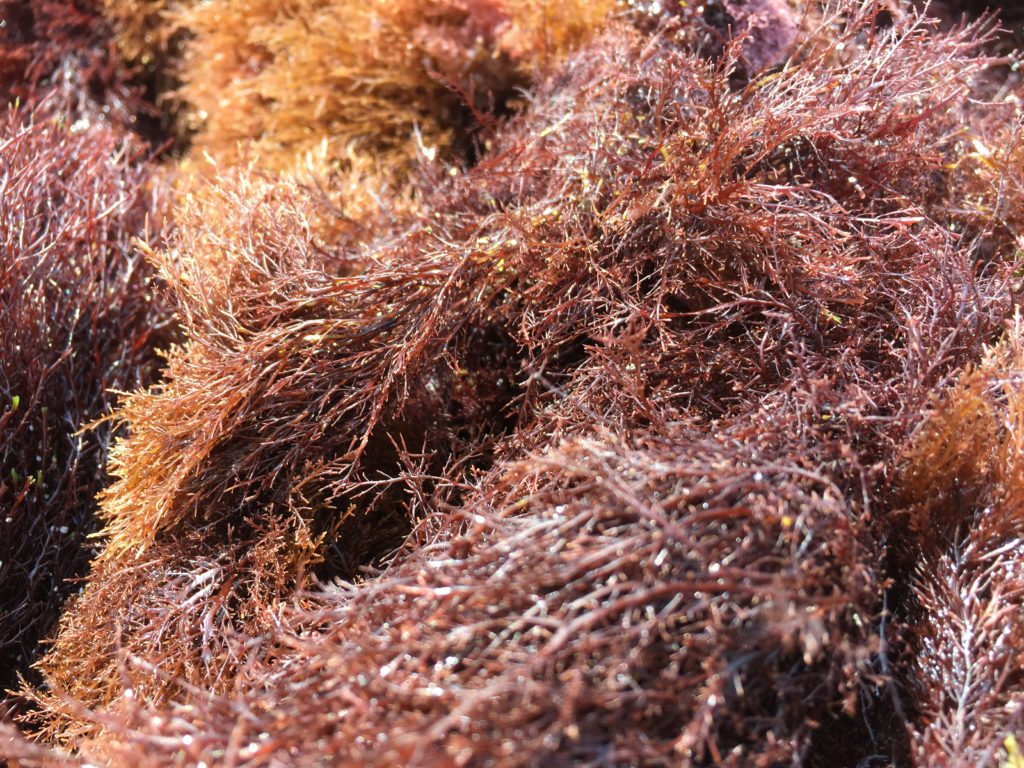
Red Algae Thrive Despite Ancestor’s Massive Loss of Genes
You’d think that losing 25 percent of your genes would be a big problem for survival. But not for red algae, including the seaweed used to wrap sushi. An ancestor of red algae lost about a quarter of its genes roughly one billion years ago, but the algae still became dominant in near-shore coastal areas around the world, according to Rutgers University–New Brunswick Professor Debashish Bhattacharya, who co-authored a study in the journal Nature Communications.
Rutgers Expert Can Discuss Proposed High Seas Biodiversity Treaty
New Brunswick, N.J. (Oct. 16, 2019) – Rutgers University environmental law expert Cymie R. Payne is available to comment on a proposed international treaty aimed at conserving high seas biodiversity. The treaty, which is under negotiations at the United Nations,…
Rutgers Shellfish Expert Available to Discuss East Coast Oyster Breeding Project
New Brunswick, N.J. (Oct. 15, 2019) – Rutgers University–New Brunswick shellfish geneticist Ximing Guo is available to comment on a five-year Rutgers-led consortium project to breed better, more disease-resistant East Coast oysters. Improved oyster broodstock will then be made available…
Rutgers Experts Available to Discuss U.N. Report on Climate Change, Oceans
New Brunswick, N.J. (Sept. 25, 2019) – Rutgers University–New Brunswick Professor Malin Pinsky and Rutgers coastal expert Lisa Auermuller are available to comment on a new United Nations report on climate change and ocean, coastal, polar and mountain ecosystems. More than…
With #HurricaneDorian’s approach comes the threat of power loss, which can disrupt transportation and put lives at risk. @JohnsHopkins engineer Umesh Korde suggests that harnessing energy from ocean waves can help restore power more quickly.
As Hurricane Dorian threatens to strike Florida, officials are beginning to prepare for its potential impact on electricity, building infrastructure, transportation and more. Umesh Korde, a research professor in the Department of Environmental Health and Engineering at The Johns Hopkins…
Scientists Discover Key Factors in How Some Algae Absorb Solar Energy
Scientists have discovered how diatoms – a type of algae that produces 20 percent of the Earth’s oxygen – absorb solar energy for photosynthesis. The Rutgers University-led discovery, published in the journal Proceedings of the National Academy of Sciences, could help lead to more efficient and affordable algae-based biofuels and combat climate change from fossil fuel burning.
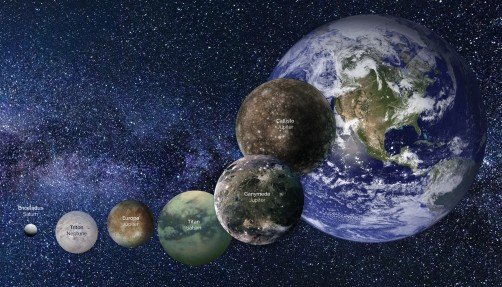
NASA Makes Dual Investment in Ocean Worlds Research at WHOI
Agency funds five-year effort to understand the potential for life in outer solar system and establishes a new Network for Ocean Worlds The National Aeronautics and Space Administration (NASA) will invest in a major new research program headquartered at the…